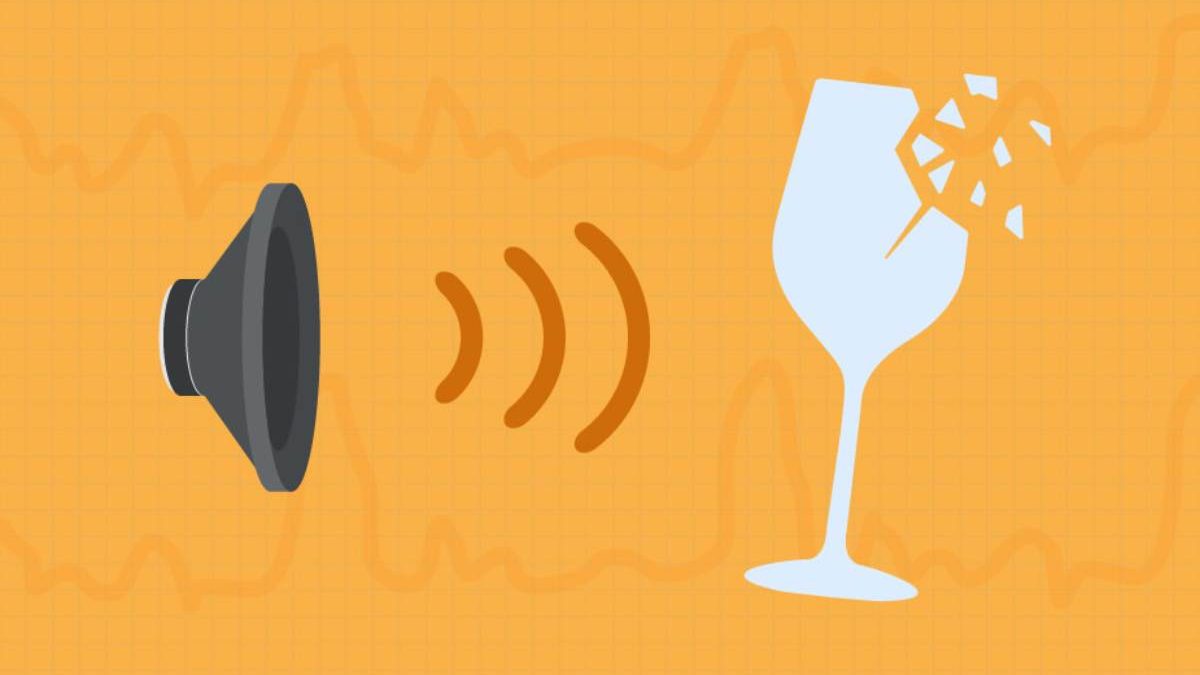Table of Contents
Why It is Important to the Function of Many Pieces of Technology
Breaking glass with sound is something that happens on TV and movies all of the time, so that may lead some people to believe that it is a fictional phenomenon, but the truth is that this is entirely possible because of resonant frequency. When a sound is produced that is the same resonant frequency as glass, it can cause it to shatter. This isn’t even the most important function of resonant frequency. In fact, resonant frequency is vital to the function of many modern electronics. Understanding it can be the difference between designing an adequate circuit or a poor one.
What Is Resonant Frequency?
Resonant frequency is defined as the oscillation of a system at its natural, or unforced, resonance. To put that another way, it’s the natural frequency of a system. A system is considered resonant when it can easily store and transfer energy across different storage modes. Types of storage modes include kinetic or potential energy. Most systems only have one resonant frequency that is accompanied by multiple harmonic frequencies.
At resonant frequency, electronic systems also have their highest amplitude. This high amplitude is what shatters glass. If the glass is touched by a sound wave that matches its resonant frequency, the vibrations of high amplitude shake the glass to its breaking point. Other real world examples of resonant frequency include:
- Bridge Shaking – If the traffic at a given time on a bridge matches its resonant frequency, the bridge will noticeably shake.
- Electronic Designs – While not as exciting as shaking bridges or breaking glass, resonant frequency has been essential to the proper function of many electronic designs for years.
Resonant Frequency In Electronic Circuits
Resonant frequency can operate in different ways within a circuit. In some systems, a parallel LC circuit determines the resonant frequency. LC circuits are electrical circuits that contain only the passive components, an inductor, and a capacitor. These are sometimes called resonant circuits, tank circuits, or tuned circuits. When these resonant circuits are placed in oscillators, the frequency result is a consistent and continuous clock function, especially useful in microcontrollers and communication circuits.
Resonant frequency circuits are often also utilized in radio frequency applications, serving as the foundation for the tuner by amplifying corresponding resonant frequency signals and rejecting signals that are not within the correct frequency.
Resonant Frequency and Electric Components
When a system is designed to oscillate at its resonant frequency, a quartz resonator can be used to achieve that function. Quartz resonators are used to emit signals within the system, so the crystal oscillator can take those signals, amplify them, and send them back to the resonator for proper functioning.
Frequency can be viewed in two ways under the idea of clocks:
- Fundamental frequency: Sometimes called natural frequency, quartz crystals are operating at their natural frequency when they operate at or below 50 MHz.
- Harmonic frequencies: Utilized when frequencies need to be above 50 MHz. Harmonic frequencies are calculated as multiples of the fundamental frequency. For example, a fourth harmonic would be four times the natural frequency.
Resonant frequency must be considered when selecting the electronic components for a circuit since the requirements will vary depending on the resonant and harmonic frequency requirements of the circuit.
Where Is Resonant Frequency Used?
Electronic systems require accuracy, precision, and consistency for proper function. Resonant frequency circuits, along with other components, provide this reliability across many industries. Common industries that utilize resonant frequency circuits include tech, industrial, medical, consumer electronics, watches, automobiles, and more.
As technology continues to advance and evolve, it is almost a guarantee that engineers and manufacturers will find new ways to utilize resonant frequency circuits to improve systems and devices.
Where To Source Resonant Frequency Components?
Many manufacturers have resources online pertaining to resonant frequency and other electronic components and where to source them. A simple Google search for “resonant frequency circuit components” or “electronic components” should give you a solid foundation to build off of. Remember to factor in all the main characteristics of the components you consider, including temperature tolerance, mounting type, package size, and more. This help ensure you get the right components for your system.
Your best approach will be to find a reputable component manufacturer in your industry and work with them or one of their distribution partners to determine exactly which component your system needs and how you can go about obtaining it.


